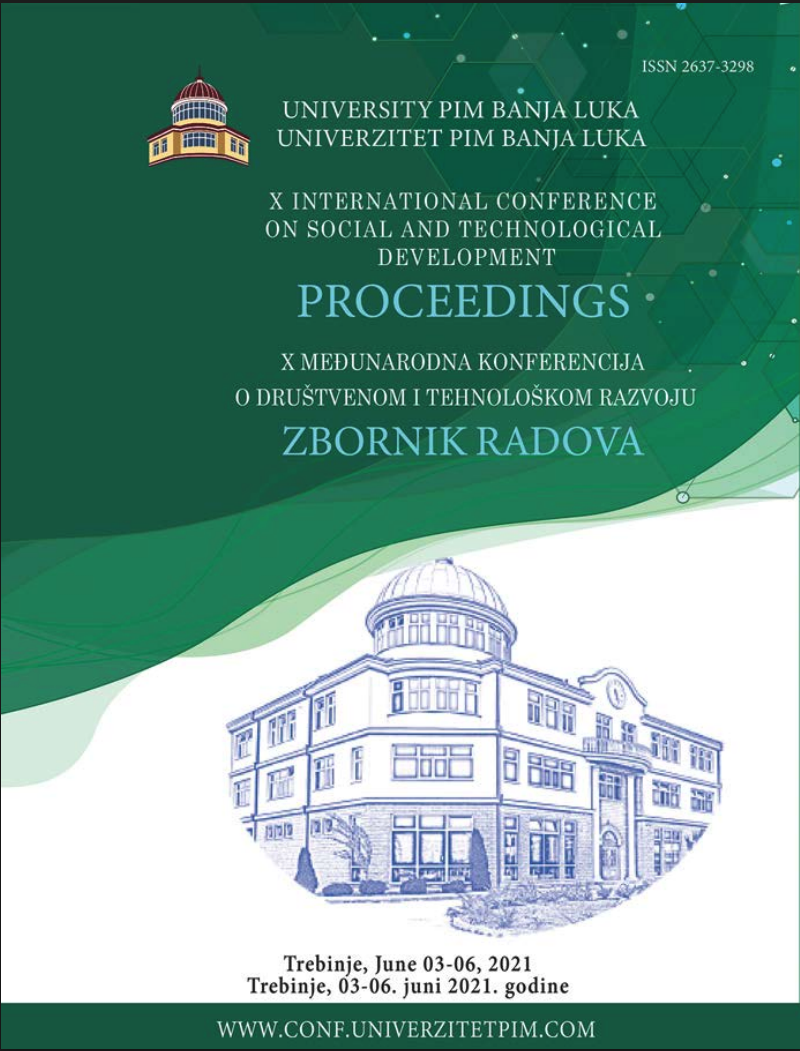
This is an open access article distributed under the Creative Commons Attribution License which permits unrestricted use, distribution, and reproduction in any medium, provided the original work is properly cited.
Faculty of Manufacturing Technologies with a seat in Presov, Technical University of Košice , Košice , Slovakia
Faculty of Manufacturing Technologies with a seat in Presov, Technical University of Košice , Košice , Slovakia
Faculty of Manufacturing Technologies with a seat in Presov, Technical University of Košice , Košice , Slovakia
Faculty of Information technology and engineering - FITI, University Union - Nikola Tesla , Belgrade , Serbia
The issue of precision groove milling is constantly addressed in manufacturing companies focused on the production of components for every type of industry. In this area, companies face implementation problems, explore the efficiency of production or the possibility of integrating CAM systems in the area. The integration of CAM systems is an attribute that is increasingly being considered precisely because of the rapid development of digitization. In conjunction with other attributes, which include accuracy, speed, productivity, and the ability to respond to change in practice, the integration of CAM systems becomes a deciding existential factor in the company. This article focuses on the impact of the integration of CAM systems in the manufacturing of tolerated grooves. It provides a general overview of several systems in determining the same production parameters. The conclusion brings a general description of the achieved results and their summary. This research was supported by research grant VEGA 1/0080/20 and KEGA 014TUKE-4/2020.
The statements, opinions and data contained in the journal are solely those of the individual authors and contributors and not of the publisher and the editor(s). We stay neutral with regard to jurisdictional claims in published maps and institutional affiliations.